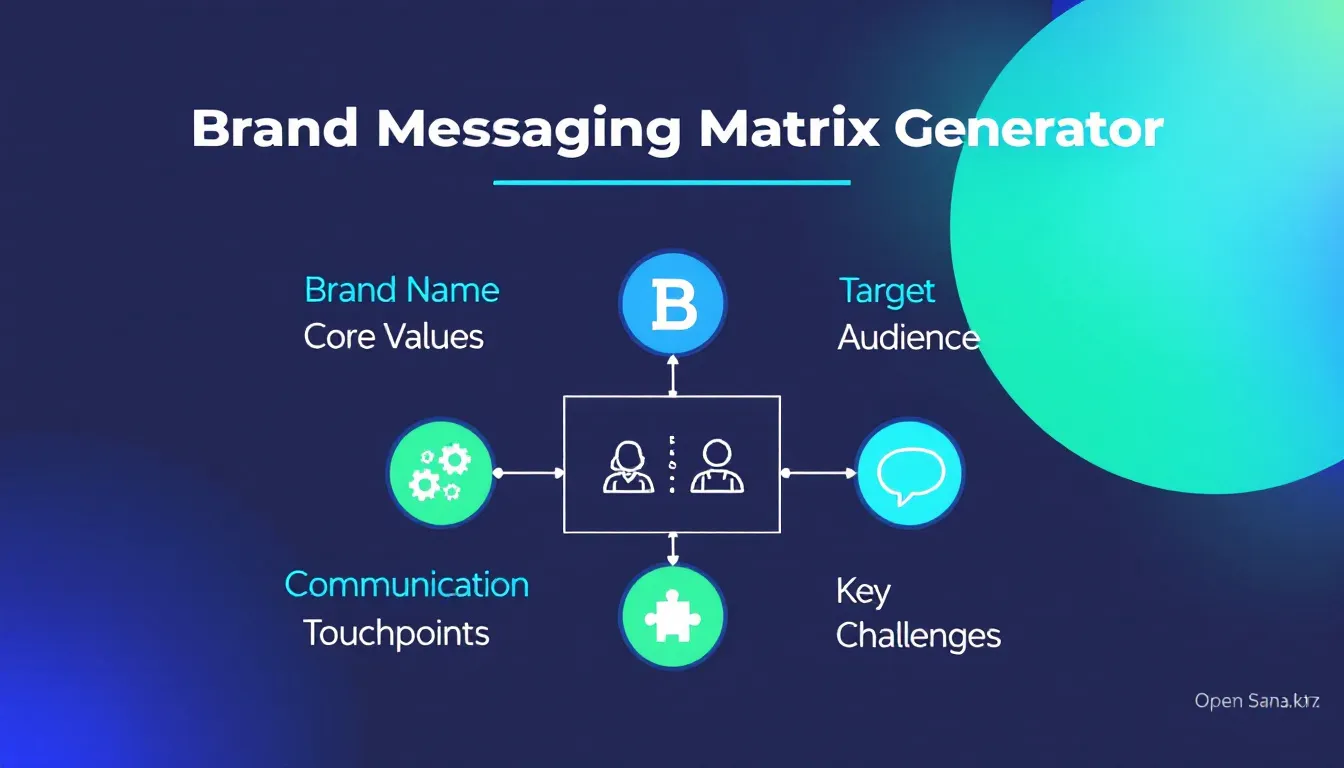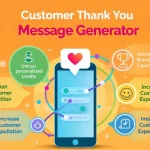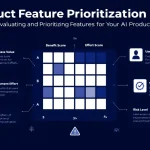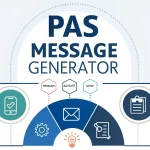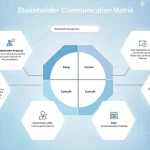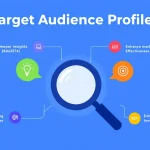Is this tool helpful?
How to Use the Brand Messaging Matrix Generator Effectively
This powerful brand messaging matrix generator helps create consistent and impactful brand communications across multiple channels. Here’s a detailed guide on using each field:
1. Brand Name
Enter your company or product name. For example:
- GreenLife Organics – An eco-friendly food products company
- TechFlow Solutions – A B2B software development firm
2. Core Values
List your brand’s fundamental principles and beliefs. Sample entries:
- GreenLife Organics: Environmental stewardship, Community wellness, Sustainable farming, Ethical sourcing
- TechFlow Solutions: Technical excellence, Innovation leadership, Client partnership, Agile methodology
3. Target Audience
Define your primary customer segments with specific demographics and psychographics:
- GreenLife Organics: Health-conscious families (30-45 years), Urban millennials interested in sustainable living, Wellness practitioners and nutritionists
- TechFlow Solutions: Mid-sized enterprise CTOs, Startup founders in fintech sector, IT decision-makers in healthcare industry
4. Communication Touchpoints
List all channels where your brand interacts with customers:
- GreenLife Organics: Retail packaging, Farmers’ markets, Instagram, YouTube cooking channel, Weekly newsletter, Mobile app
- TechFlow Solutions: LinkedIn company page, Technical blog, Industry conferences, Client portal, Sales presentations, Support documentation
5. Key Challenges
Outline specific obstacles your messaging needs to address:
- GreenLife Organics: Price perception vs conventional products, Educational gap about organic benefits, Distribution reach limitations
- TechFlow Solutions: Long sales cycles, Technical complexity communication, Market differentiation
Understanding Brand Messaging Matrix Generation
A brand messaging matrix is a strategic communication framework that ensures consistency and relevance across all customer touchpoints. This tool systematically organizes your brand communication elements to create cohesive messaging that resonates with your target audience while maintaining brand integrity.
Key Components of the Matrix
- Primary brand messages
- Channel-specific adaptations
- Audience-specific variations
- Tone and voice guidelines
- Key value propositions
Benefits of Using the Brand Messaging Matrix Generator
1. Consistency in Communication
Ensures your brand voice remains uniform across all channels while adapting to specific platform requirements.
2. Enhanced Brand Recognition
Builds stronger brand recall through consistent messaging patterns and repeated core themes.
3. Improved Marketing Efficiency
Streamlines content creation by providing clear guidelines for different channels and audiences.
4. Better Customer Connection
Creates resonant messages that speak directly to specific audience segments’ needs and preferences.
5. Strategic Alignment
Aligns all communication efforts with core brand values and business objectives.
Practical Applications and Use Cases
1. Product Launch Campaign
Example: A fitness technology company launching a new smart wearable device
- Website: Technical specifications and features
- Instagram: Lifestyle benefits and user testimonials
- Email: Early adopter special offers
- YouTube: Tutorial videos and workout integrations
2. Brand Repositioning
Example: A traditional bookstore transitioning to a digital-first learning platform
- LinkedIn: Professional development focus
- Facebook: Community learning initiatives
- Blog: Educational content and industry insights
- Newsletter: Digital transformation success stories
3. Market Expansion
Example: A local restaurant chain expanding nationally
- Local social media: Community involvement
- National advertising: Brand story and values
- Food delivery apps: Convenience and quality messaging
- Corporate catering materials: B2B value proposition
Frequently Asked Questions
How often should I update my brand messaging matrix?
Review and update your matrix quarterly or when significant changes occur in your business strategy, market conditions, or customer preferences.
Can I use the same messaging across all channels?
While core messages should remain consistent, they should be adapted to suit each channel’s unique characteristics and audience expectations.
What makes an effective brand message?
Effective brand messages are clear, memorable, relevant to the target audience, and aligned with your brand values and positioning.
How do I maintain consistency across different departments?
Share the messaging matrix with all teams and conduct regular training sessions on its implementation. Consider creating a brand communication guidebook.
Should I create different matrices for different markets?
Yes, consider creating market-specific variations while maintaining core brand elements to address cultural nuances and local preferences.
How do I measure the effectiveness of my brand messaging?
Track engagement metrics, brand sentiment, message recall, and conversion rates across different channels and audiences.
Can I include multiple value propositions in my messaging?
Yes, but prioritize them based on audience segments and channels, ensuring each message supports your overall brand narrative.
How detailed should my target audience description be?
Include demographic, psychographic, and behavioral characteristics that influence purchasing decisions and brand interactions.
Best Practices for Implementation
1. Message Testing
Test key messages with sample audience groups before full implementation.
2. Channel Optimization
Optimize message format and tone for each communication channel’s unique characteristics.
3. Stakeholder Alignment
Ensure all internal stakeholders understand and support the messaging framework.
4. Regular Review
Schedule periodic reviews to assess message effectiveness and make necessary adjustments.
5. Documentation
Maintain detailed documentation of message variations and usage guidelines for different scenarios.
Important Disclaimer
The calculations, results, and content provided by our tools are not guaranteed to be accurate, complete, or reliable. Users are responsible for verifying and interpreting the results. Our content and tools may contain errors, biases, or inconsistencies. We reserve the right to save inputs and outputs from our tools for the purposes of error debugging, bias identification, and performance improvement. External companies providing AI models used in our tools may also save and process data in accordance with their own policies. By using our tools, you consent to this data collection and processing. We reserve the right to limit the usage of our tools based on current usability factors. By using our tools, you acknowledge that you have read, understood, and agreed to this disclaimer. You accept the inherent risks and limitations associated with the use of our tools and services.
